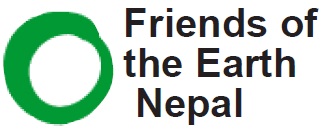The history has witnessed women’s exclusion from basic fundamental human rights. Their confined identity as someone’s daughter, wife, and sister and the patriarchic belief that they were only able to follow but not to lead further hindered their progress and development. After the flow of various women’s suffrages in Western and European countries, women were finally able to secure their rights and hence were able to vote.
In recent years the concept of gender equality in democratized nations has further took different measures to contribute to women’s empowerment. From securing less than 7% women representation to securing 33% of seats in 2008 Constituent Assembly (CA) has definitely changed country’s image in terms of women’s representation in parliament. However, the CA dissolved without promulgating constitution in May 2012 and after a long hassle, the political parties formed a neutral government in March 2013 to hold the new CA election.
To address the critical aspects of ‘inclusion’ in a second CA election in November 19, 2013 Forum for Protection of Public Interest (Pro Public) with UN Women support and four other civil society organizations conducted a coalition entitled “Coalition for Gender Responsive Electoral process in Nepal”.
- To make a gender responsive electoral process and to increase women’s leadership and participation in the CA election 2013.
- To generate awareness on gender responsive electoral process.
- To disseminate information about voting process, their rights and roles in constitution making in all five development regions of Nepal.
The coalition successfully conducted Regional Training for the 200 local resource persons in five development regions. Similarly, 75 orientation programs were conducted by 200 trained local resource persons in the headquarters of their respective districts and oriented 3,177 local persons.
Similarly, 200 trained local resource persons further successfully conducted orientation programs in 240 constituencies of their respective districts and oriented 13,640 local persons.
A large mass of the people was believed to be informed by the local media also as the events were covered by local newspapers and FMs.


